21 - 25 November 2022
The push for European space sovereignty and leadership in New Space
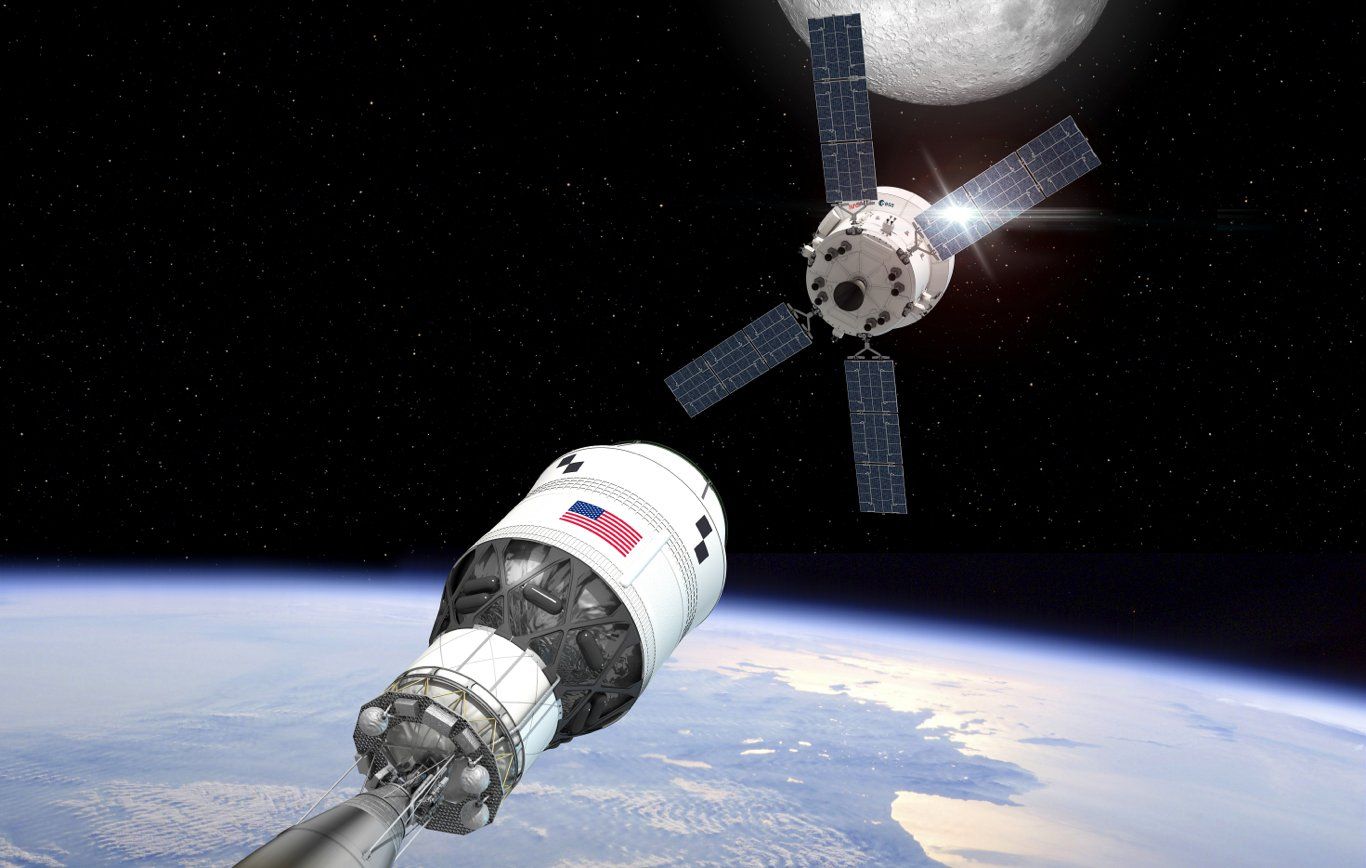
ESM has been key to the success of Artemis-1 so far (Image: ESA– D. Ducros)
After the historic launch of Artemis-1 last week, we are perhaps seeing a space industry that has found new momentum, inspired by NASA’s first steps in taking humans back to the moon. Whilst the US seem to still the lead the way in space, the world is awaking, looking to space for problem solutions and maybe for an economic stimulus in otherwise uncertain times.
After a successful launch last week, NASA’s Orion spacecraft has reached the moon, successfully passing through a “blackout” period, and will now travel into a lunar retrograde orbit, sending the craft further than any human-proof spacecraft has gone before. NASA have also outlined plans to have humans live and work on the lunar surface for periods of time, by 2030, with lunar habitats and rovers to support their work.
A key part of the success so far of Artemis-1 and their recent manoeuvre around the moon is due to that of the European Service Module (ESM), which has provided the thrust to carry out the manoeuvre, and will provide power to the manned Artemis flight in future, amongst other capabilities. Europe appear to be looking to build on this success, and have this week made a number of moves aimed at boosting European space independence.
A turning point for Europe in New Space
ESA has this week been looking to seek support and new funding from member states this week, as it looks to continue its long-term participation in the Artemis project. They have already started work on the ESMs up to Artemis-4 and are looking to commit to develop of ESM-7 through to 9. However, it’s not just the Artemis programme that Europe are looking to use in order to deepen their space capabilities. Sovereign space technology appears to be on the radar for Europe.
French, German and Italian governments have announced funding details for a European space launcher programme, as Europe looks to catch up to the likes of the US and China, with launch non-dependence being a high priority. Europe also look to be turning towards the private sector to encourage competition in the launch market, with a group of 21 European companies issuing a call on Monday for open competition in the procurement of launch tech. Also, Europe’s leading launch provider, Arianespace, will be looking to carry out their inaugural launch of their Vega-C rocket this week.
After a ministerial meeting on the 23rd November, ESA has announced it has received €16.9 billion in funding from member states, a notable increase since 2019, with apparently none of their target missions being cut. These missions include beginning work on a lunar cargo lander, and reviving the ExoMars mission, previous halted due to cutting its with Russia on the project.
Europe is still somewhat behind the US and China in sovereign capabilities, but development this week may signal a significant change in strategy. There’s no doubt about the engineering heritage in Europe, and a turn towards the private sector could mimic the success that has been seen in the US. Furthermore, a visiting Taiwanese delegation to Europe has this week signalled a desire for cooperation in space, specifically mentioning the possibilities of cooperation in satellite development, utilising Taiwanese semiconductor technology. This could perhaps be highly lucrative for both partners, and a viable path for Europe, especially as they look to forge their own path, not in the shadow of their bigger, more influential counterparts.
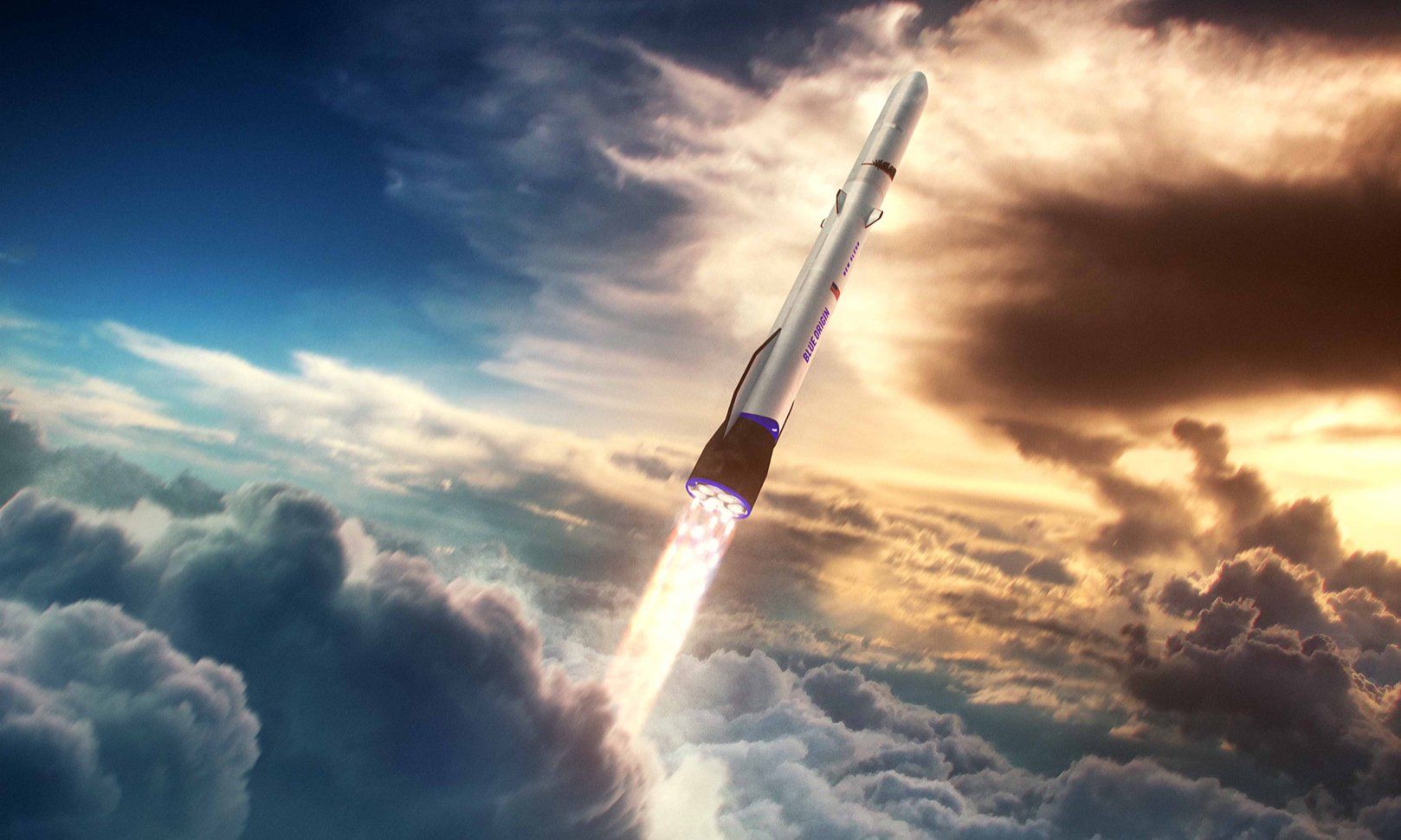
Blue Origin could bid for national security launches (Image: Blue Origin)
Competition is continuously growing
Outside of Europe, competition and determination to expand into the space sector is continuously growing, at both national and private level. The US Space Systems command has announced it signed an agreement with Blue Origin recently, which “paves the way” for their Blue’s New Glenn rocket to compete for national security launches, further diversifying and opening up contracts for competition. Blue Origin are yet to launch New Glenn, but this year completed development of their BE-4 engines.
Furthermore, Australia look set to enter the sovereign launch market, with the announcement that launch company Gilmour Space have nearly finished building their Eris rocket, and are looking to launch in April 2023. If successful, Australia will become the 12th nation to send one of their own orbital rockets into space. Away from launch technology, Canadian startup, STELLS, are are developing a lunar rover designed to provide portable solar power supply on the moon, with plans to launch in 2025, with Intuitive Machines. The rover is designed to collect its energy through solar arrays, and deliver it wirelessly. Canada and Australia are proof of the expanding innovation in space.
Wireless energy transfer has been a widely discussed topic throughout the year, space-based solar power is seen as a possible solution to increasing energy demands and combatting climate change. ESA has made the technology are priority in their Solaris programme and have this week sought approval for a 3-year research project, looking into seeing if the technology could work and be cost effective. Furthermore, China have announced that they plan to demonstrate this technology on their new Tiangong space station. The plan, slated for 2028, would conduct a big voltage power transfer in LEO, followed by a second phase where they would transmit energy over a distance of 25,800 kilometres, from geostationary orbit, to Earth.
Should these prove to be successful, this could drastically change the energy industry, and highlight just one of the benefits that New Space can provide for humankind and Earth.
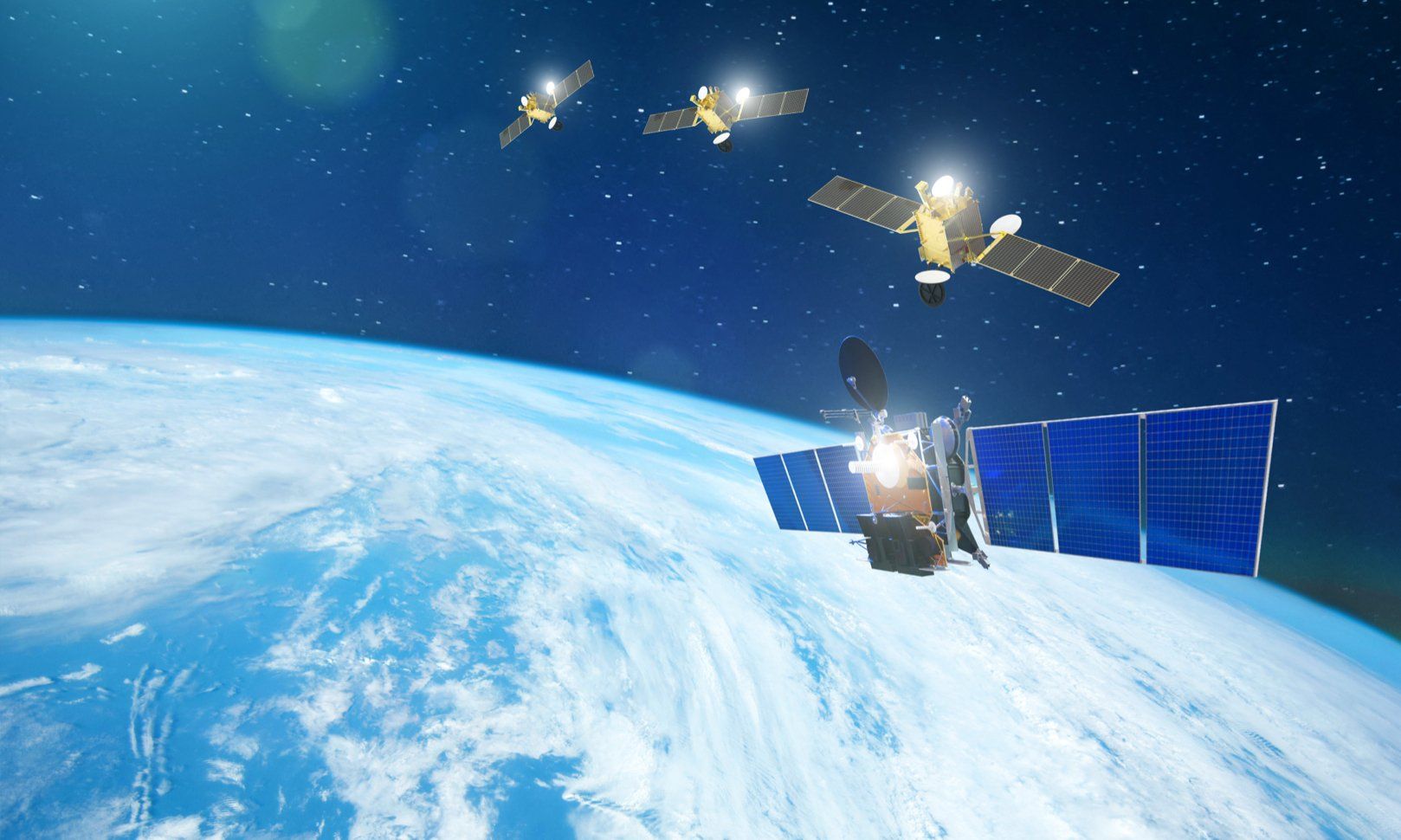
Europe to build satellites with Taiwan? (Image: Adobe)
After Artemis all eyes are on deep space
The success, so far, of Artemis-1 has reawakened many and highlighted the growth of New Space. The mission is primarily taking humankind back to the moon, but it represents a a much bigger plan in space. Lunar habitation will bring about further scientific research, lunar resource extraction and building a platform for continued and deep space exploration. One destination that seems to be on everyone’s lips is Mars.
NASA has revelled more details about its sample return mission to the red planet, and released a new video that illustrates their plan (watch here). Mars rover, Perseverance, would collect the sample and deposit it into a lander, which would then launch it to an orbiting vehicle, which would then send it back to Earth. China have announced plans for a martian sample return mission, stating that they may even beat NASA to the goal. China have also this week announced some more of their future objectives in space, including a sample return mission from the far side of the moon, which they claim would be a world first.
Additionally, China have announced plans for Chang’e-7, which will land at the lunar south pole, and form part of the lunar research station (ILRS). China is looking to build partnership and form new leadership in space through their ILRS programme, and also their new space station. This is, at the moment, the main rival to the US-led Artemis Accords. However, could leadership also be coming from elsewhere? The news from this week certainly highlights a renewed determination in European space independence, and building relations with nations such Taiwan may be a new leadership model that could help builds new bridges in space.
External Links
This Week
*News articles posted here are not property of ANASDA GmbH and belong to their respected owners. Postings here are external links only.
Our future in space
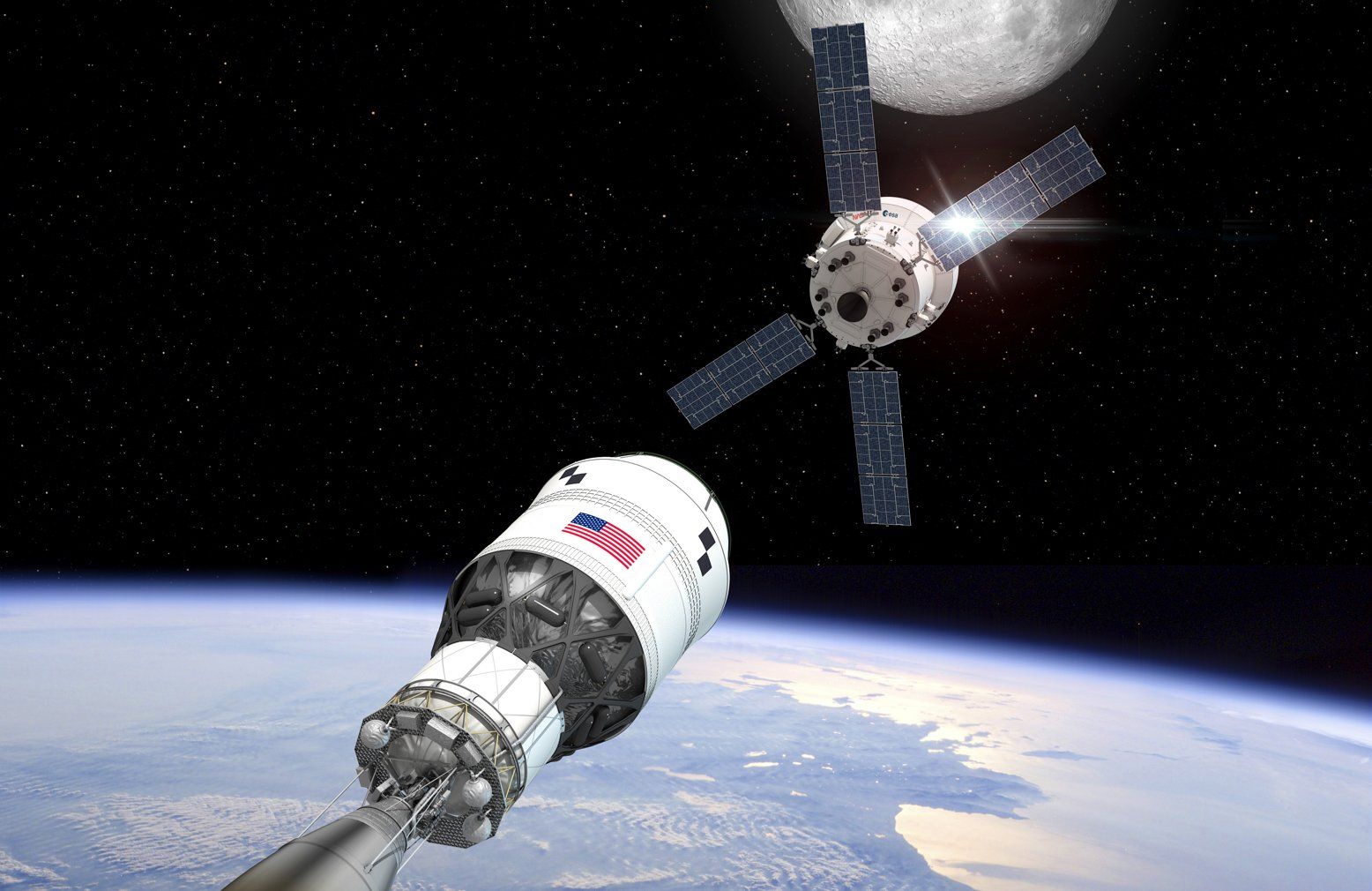
ESM has been key to the success of Artemis-1 so far (Image: ESA– D. Ducros)
21 - 25 November 2022
The push for European space sovereignty and leadership in New Space
After the historic launch of Artemis-1 last week, we are perhaps seeing a space industry that has found new momentum, inspired by NASA’s first steps in taking humans back to the moon. Whilst the US seem to still the lead the way in space, the world is awaking, looking to space for problem solutions and maybe for an economic stimulus in otherwise uncertain times.
After a successful launch last week, NASA’s Orion spacecraft has reached the moon, successfully passing through a “blackout” period, and will now travel into a lunar retrograde orbit, sending the craft further than any human-proof spacecraft has gone before. NASA have also outlined plans to have humans live and work on the lunar surface for periods of time, by 2030, with lunar habitats and rovers to support their work.
A key part of the success so far of Artemis-1 and their recent manoeuvre around the moon is due to that of the European Service Module (ESM), which has provided the thrust to carry out the manoeuvre, and will provide power to the manned Artemis flight in future, amongst other capabilities. Europe appear to be looking to build on this success, and have this week made a number of moves aimed at boosting European space independence.
A turning point for Europe in New Space
ESA has this week been looking to seek support and new funding from member states this week, as it looks to continue its long-term participation in the Artemis project. They have already started work on the ESMs up to Artemis-4 and are looking to commit to develop of ESM-7 through to 9. However, it’s not just the Artemis programme that Europe are looking to use in order to deepen their space capabilities. Sovereign space technology appears to be on the radar for Europe.
French, German and Italian governments have announced funding details for a European space launcher programme, as Europe looks to catch up to the likes of the US and China, with launch non-dependence being a high priority. Europe also look to be turning towards the private sector to encourage competition in the launch market, with a group of 21 European companies issuing a call on Monday for open competition in the procurement of launch tech. Also, Europe’s leading launch provider, Arianespace, will be looking to carry out their inaugural launch of their Vega-C rocket this week.
After a ministerial meeting on the 23rd November, ESA has announced it has received €16.9 billion in funding from member states, a notable increase since 2019, with apparently none of their target missions being cut. These missions include beginning work on a lunar cargo lander, and reviving the ExoMars mission, previous halted due to cutting its with Russia on the project.
Europe is still somewhat behind the US and China in sovereign capabilities, but development this week may signal a significant change in strategy. There’s no doubt about the engineering heritage in Europe, and a turn towards the private sector could mimic the success that has been seen in the US. Furthermore, a visiting Taiwanese delegation to Europe has this week signalled a desire for cooperation in space, specifically mentioning the possibilities of cooperation in satellite development, utilising Taiwanese semiconductor technology. This could perhaps be highly lucrative for both partners, and a viable path for Europe, especially as they look to forge their own path, not in the shadow of their bigger, more influential counterparts.
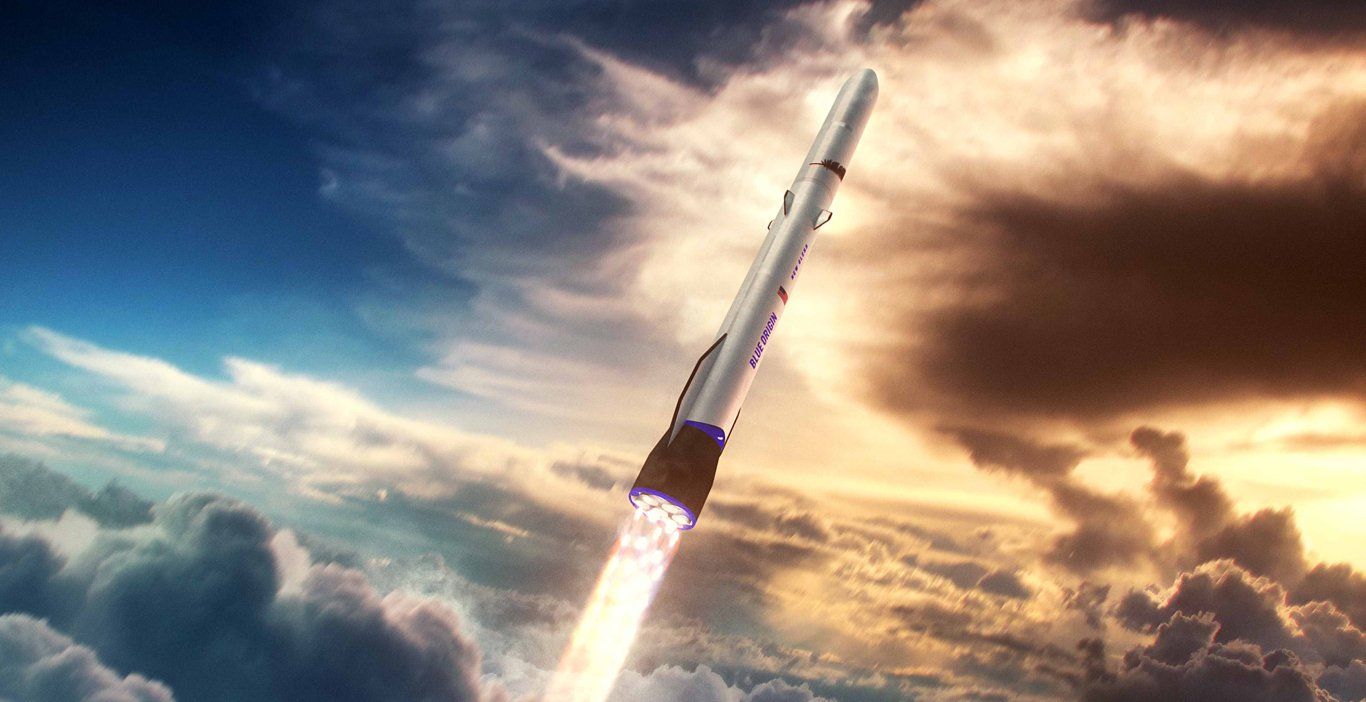
Blue Origin could bid for national security launches (Image: Blue Origin)
Competition is continuously growing
Outside of Europe, competition and determination to expand into the space sector is continuously growing, at both national and private level. The US Space Systems command has announced it signed an agreement with Blue Origin recently, which “paves the way” for their Blue’s New Glenn rocket to compete for national security launches, further diversifying and opening up contracts for competition. Blue Origin are yet to launch New Glenn, but this year completed development of their BE-4 engines.
Furthermore, Australia look set to enter the sovereign launch market, with the announcement that launch company Gilmour Space have nearly finished building their Eris rocket, and are looking to launch in April 2023. If successful, Australia will become the 12th nation to send one of their own orbital rockets into space. Away from launch technology, Canadian startup, STELLS, are are developing a lunar rover designed to provide portable solar power supply on the moon, with plans to launch in 2025, with Intuitive Machines. The rover is designed to collect its energy through solar arrays, and deliver it wirelessly. Canada and Australia are proof of the expanding innovation in space.
Wireless energy transfer has been a widely discussed topic throughout the year, space-based solar power is seen as a possible solution to increasing energy demands and combatting climate change. ESA has made the technology are priority in their Solaris programme and have this week sought approval for a 3-year research project, looking into seeing if the technology could work and be cost effective. Furthermore, China have announced that they plan to demonstrate this technology on their new Tiangong space station. The plan, slated for 2028, would conduct a big voltage power transfer in LEO, followed by a second phase where they would transmit energy over a distance of 25,800 kilometres, from geostationary orbit, to Earth.
Should these prove to be successful, this could drastically change the energy industry, and highlight just one of the benefits that New Space can provide for humankind and Earth.
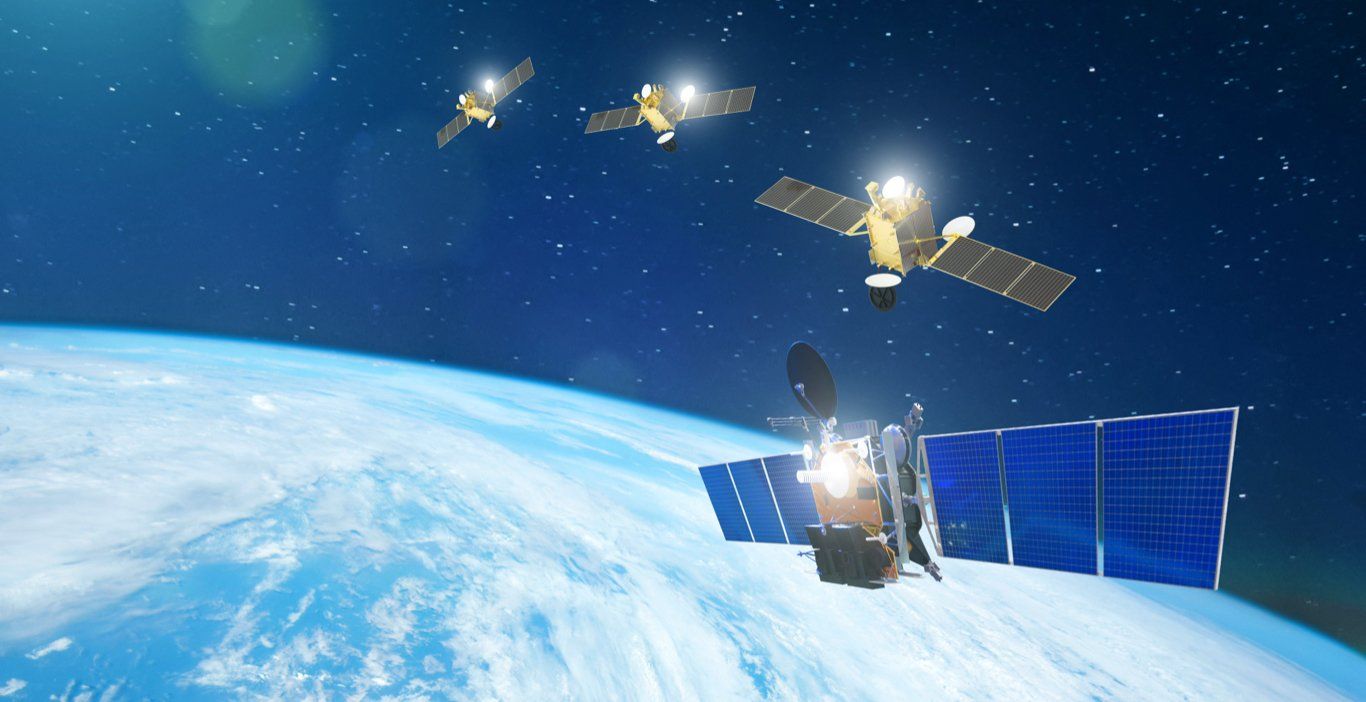
Europe to build satellites with Taiwan? (Image: Adobe)
After Artemis all eyes are on deep space
The success, so far, of Artemis-1 has reawakened many and highlighted the growth of New Space. The mission is primarily taking humankind back to the moon, but it represents a a much bigger plan in space. Lunar habitation will bring about further scientific research, lunar resource extraction and building a platform for continued and deep space exploration. One destination that seems to be on everyone’s lips is Mars.
NASA has revelled more details about its sample return mission to the red planet, and released a new video that illustrates their plan (watch here). Mars rover, Perseverance, would collect the sample and deposit it into a lander, which would then launch it to an orbiting vehicle, which would then send it back to Earth. China have announced plans for a martian sample return mission, stating that they may even beat NASA to the goal. China have also this week announced some more of their future objectives in space, including a sample return mission from the far side of the moon, which they claim would be a world first.
Additionally, China have announced plans for Chang’e-7, which will land at the lunar south pole, and form part of the lunar research station (ILRS). China is looking to build partnership and form new leadership in space through their ILRS programme, and also their new space station. This is, at the moment, the main rival to the US-led Artemis Accords. However, could leadership also be coming from elsewhere? The news from this week certainly highlights a renewed determination in European space independence, and building relations with nations such Taiwan may be a new leadership model that could help builds new bridges in space.
Share this article
External Links
This Week
*News articles posted here are not property of ANASDA GmbH and belong to their respected owners. Postings here are external links only.
21 - 25 Nov 2022
The push for European space sovereignty and leadership in New Space
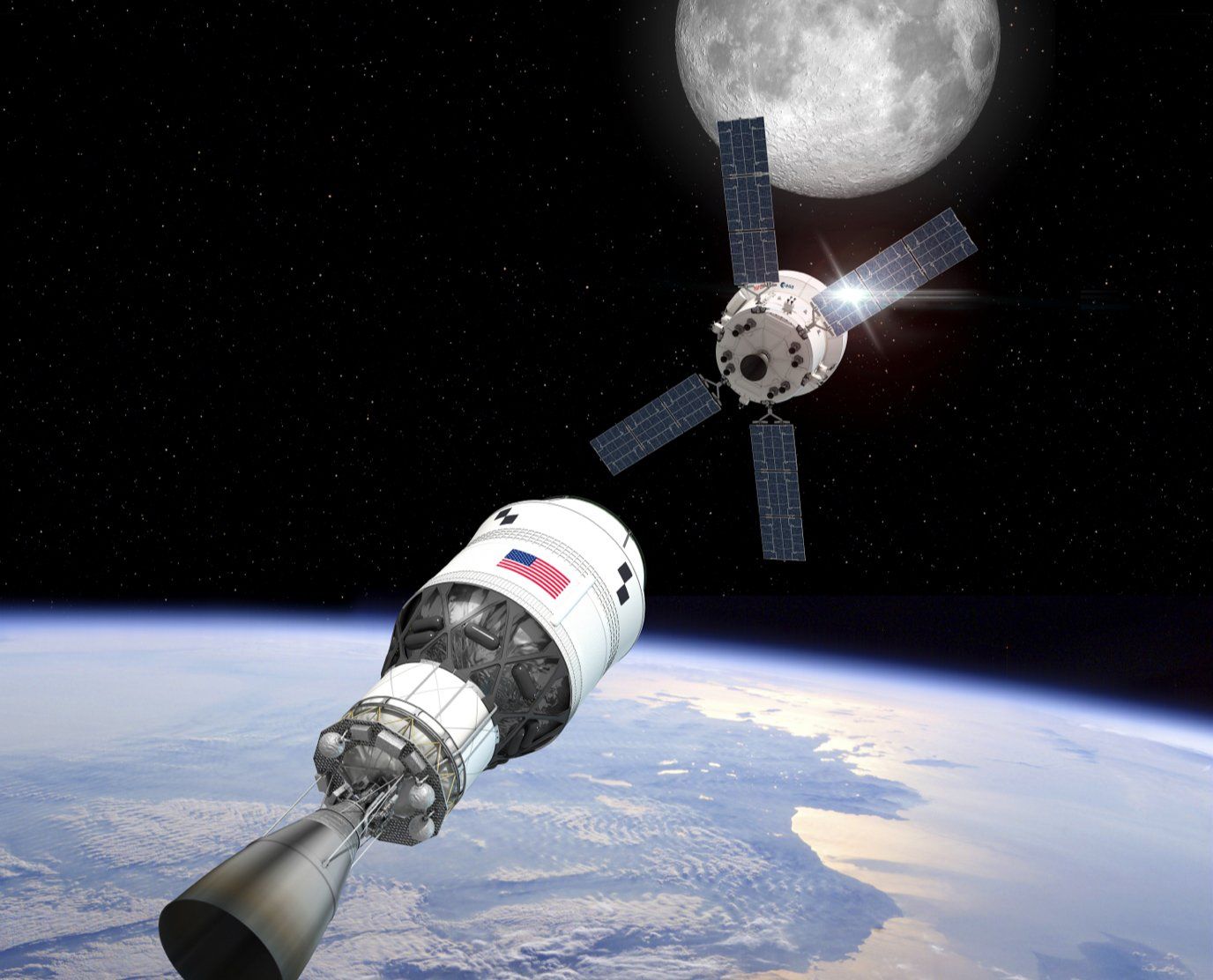
ESM has been key to the success of Artemis-1 so far (Image: ESA– D. Ducros)
After the historic launch of Artemis-1 last week, we are perhaps seeing a space industry that has found new momentum, inspired by NASA’s first steps in taking humans back to the moon. Whilst the US seem to still the lead the way in space, the world is awaking, looking to space for problem solutions and maybe for an economic stimulus in otherwise uncertain times.
After a successful launch last week, NASA’s Orion spacecraft has reached the moon, successfully passing through a “blackout” period, and will now travel into a lunar retrograde orbit, sending the craft further than any human-proof spacecraft has gone before. NASA have also outlined plans to have humans live and work on the lunar surface for periods of time, by 2030, with lunar habitats and rovers to support their work.
A key part of the success so far of Artemis-1 and their recent manoeuvre around the moon is due to that of the European Service Module (ESM), which has provided the thrust to carry out the manoeuvre, and will provide power to the manned Artemis flight in future, amongst other capabilities. Europe appear to be looking to build on this success, and have this week made a number of moves aimed at boosting European space independence.
A turning point for Europe in New Space
ESA has this week been looking to seek support and new funding from member states this week, as it looks to continue its long-term participation in the Artemis project. They have already started work on the ESMs up to Artemis-4 and are looking to commit to develop of ESM-7 through to 9. However, it’s not just the Artemis programme that Europe are looking to use in order to deepen their space capabilities. Sovereign space technology appears to be on the radar for Europe.
French, German and Italian governments have announced funding details for a European space launcher programme, as Europe looks to catch up to the likes of the US and China, with launch non-dependence being a high priority. Europe also look to be turning towards the private sector to encourage competition in the launch market, with a group of 21 European companies issuing a call on Monday for open competition in the procurement of launch tech. Also, Europe’s leading launch provider, Arianespace, will be looking to carry out their inaugural launch of their Vega-C rocket this week.
After a ministerial meeting on the 23rd November, ESA has announced it has received €16.9 billion in funding from member states, a notable increase since 2019, with apparently none of their target missions being cut. These missions include beginning work on a lunar cargo lander, and reviving the ExoMars mission, previous halted due to cutting its with Russia on the project.
Europe is still somewhat behind the US and China in sovereign capabilities, but development this week may signal a significant change in strategy. There’s no doubt about the engineering heritage in Europe, and a turn towards the private sector could mimic the success that has been seen in the US. Furthermore, a visiting Taiwanese delegation to Europe has this week signalled a desire for cooperation in space, specifically mentioning the possibilities of cooperation in satellite development, utilising Taiwanese semiconductor technology. This could perhaps be highly lucrative for both partners, and a viable path for Europe, especially as they look to forge their own path, not in the shadow of their bigger, more influential counterparts.
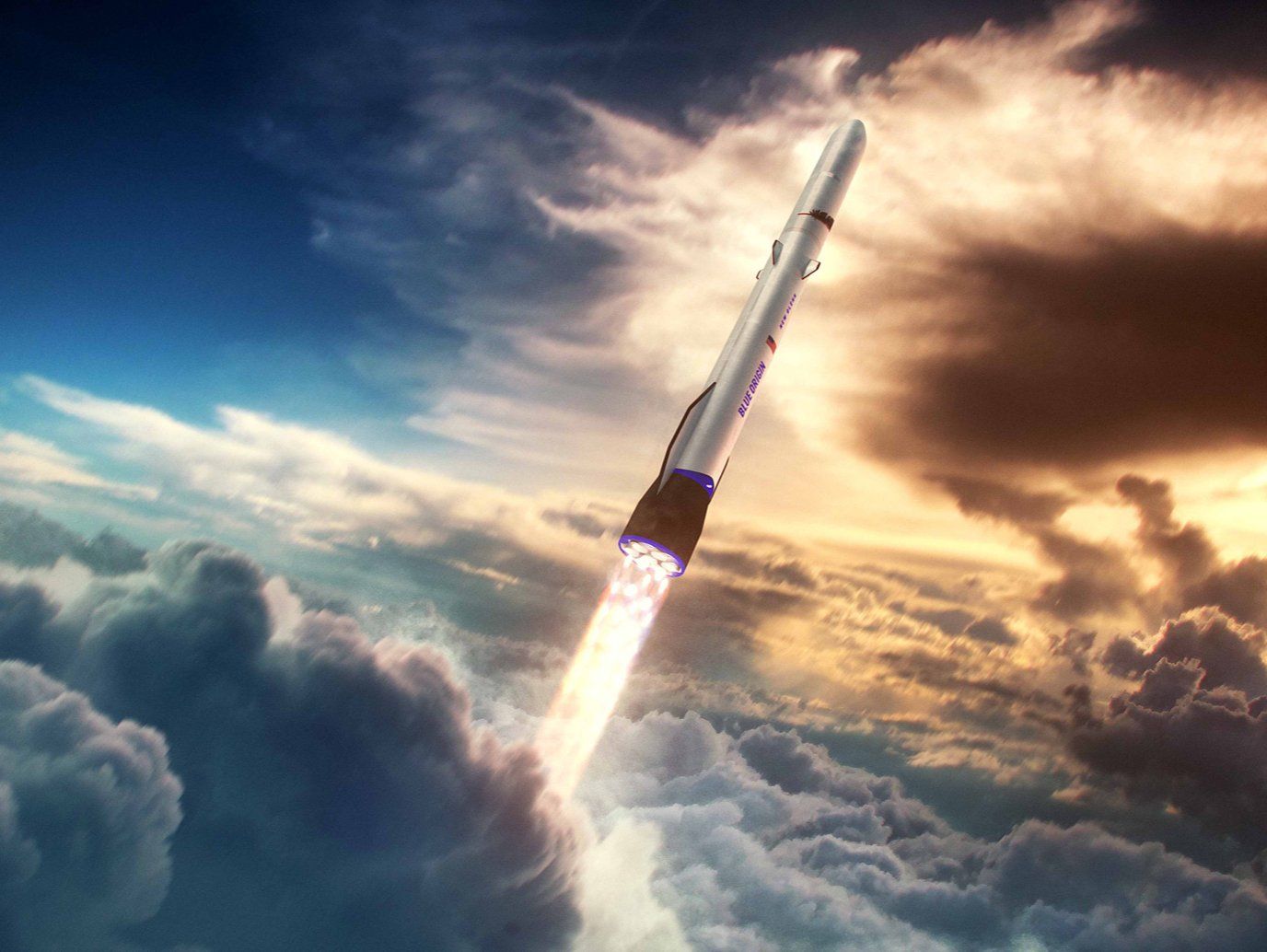
Blue Origin could bid for national security launches (Image: Blue Origin)
Competition is continuously growing
Outside of Europe, competition and determination to expand into the space sector is continuously growing, at both national and private level. The US Space Systems command has announced it signed an agreement with Blue Origin recently, which “paves the way” for their Blue’s New Glenn rocket to compete for national security launches, further diversifying and opening up contracts for competition. Blue Origin are yet to launch New Glenn, but this year completed development of their BE-4 engines.
Furthermore, Australia look set to enter the sovereign launch market, with the announcement that launch company Gilmour Space have nearly finished building their Eris rocket, and are looking to launch in April 2023. If successful, Australia will become the 12th nation to send one of their own orbital rockets into space. Away from launch technology, Canadian startup, STELLS, are are developing a lunar rover designed to provide portable solar power supply on the moon, with plans to launch in 2025, with Intuitive Machines. The rover is designed to collect its energy through solar arrays, and deliver it wirelessly. Canada and Australia are proof of the expanding innovation in space.
Wireless energy transfer has been a widely discussed topic throughout the year, space-based solar power is seen as a possible solution to increasing energy demands and combatting climate change. ESA has made the technology are priority in their Solaris programme and have this week sought approval for a 3-year research project, looking into seeing if the technology could work and be cost effective. Furthermore, China have announced that they plan to demonstrate this technology on their new Tiangong space station. The plan, slated for 2028, would conduct a big voltage power transfer in LEO, followed by a second phase where they would transmit energy over a distance of 25,800 kilometres, from geostationary orbit, to Earth.
Should these prove to be successful, this could drastically change the energy industry, and highlight just one of the benefits that New Space can provide for humankind and Earth.
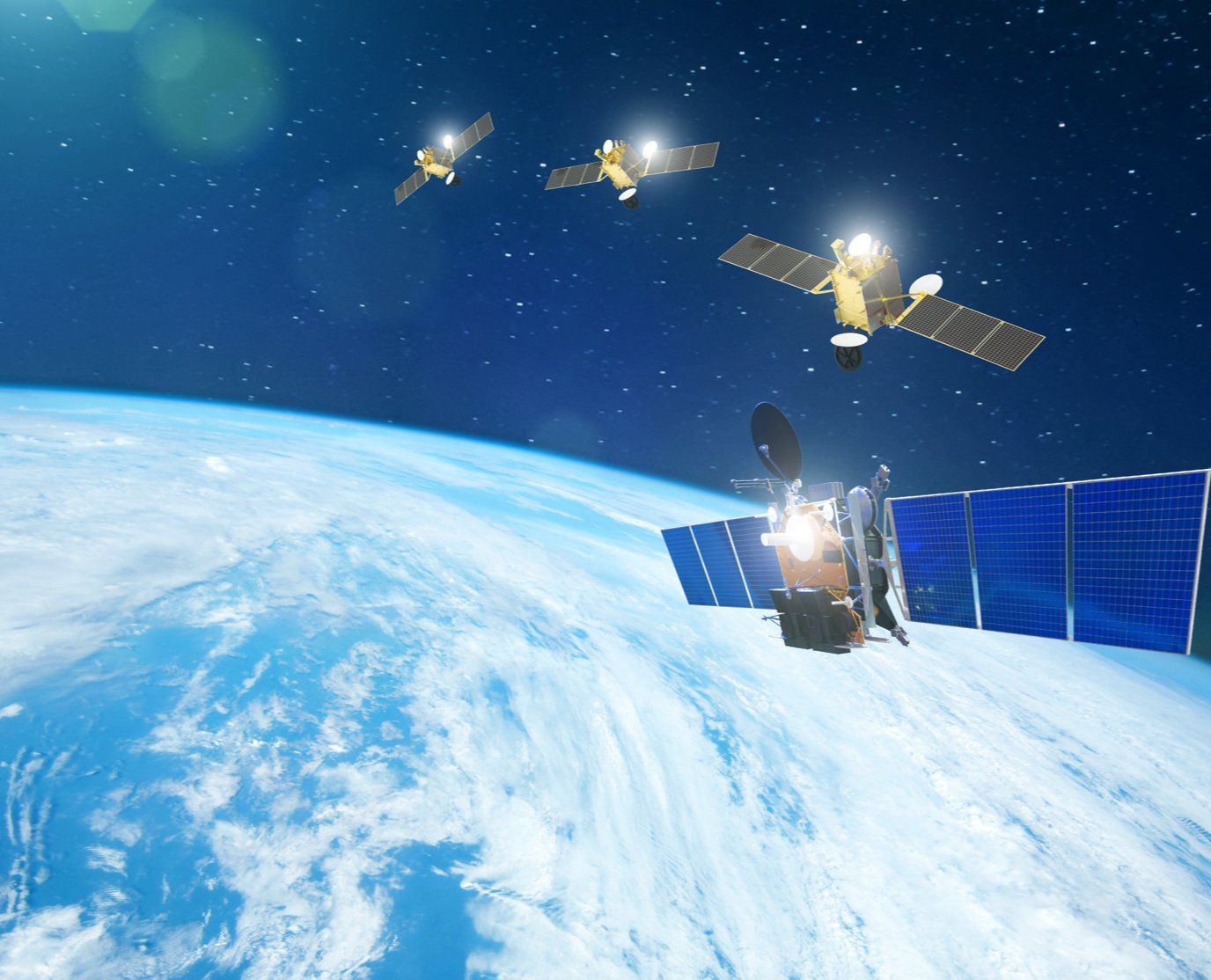
Europe to build satellites with Taiwan? (Image: Adobe)
After Artemis all eyes are on deep space
The success, so far, of Artemis-1 has reawakened many and highlighted the growth of New Space. The mission is primarily taking humankind back to the moon, but it represents a a much bigger plan in space. Lunar habitation will bring about further scientific research, lunar resource extraction and building a platform for continued and deep space exploration. One destination that seems to be on everyone’s lips is Mars.
NASA has revelled more details about its sample return mission to the red planet, and released a new video that illustrates their plan (watch here). Mars rover, Perseverance, would collect the sample and deposit it into a lander, which would then launch it to an orbiting vehicle, which would then send it back to Earth. China have announced plans for a martian sample return mission, stating that they may even beat NASA to the goal. China have also this week announced some more of their future objectives in space, including a sample return mission from the far side of the moon, which they claim would be a world first.
Additionally, China have announced plans for Chang’e-7, which will land at the lunar south pole, and form part of the lunar research station (ILRS). China is looking to build partnership and form new leadership in space through their ILRS programme, and also their new space station. This is, at the moment, the main rival to the US-led Artemis Accords. However, could leadership also be coming from elsewhere? The news from this week certainly highlights a renewed determination in European space independence, and building relations with nations such Taiwan may be a new leadership model that could help builds new bridges in space.
Share this article
External Links
This Week
*News articles posted here are not property of ANASDA GmbH and belong to their respected owners. Postings here are external links only.


























